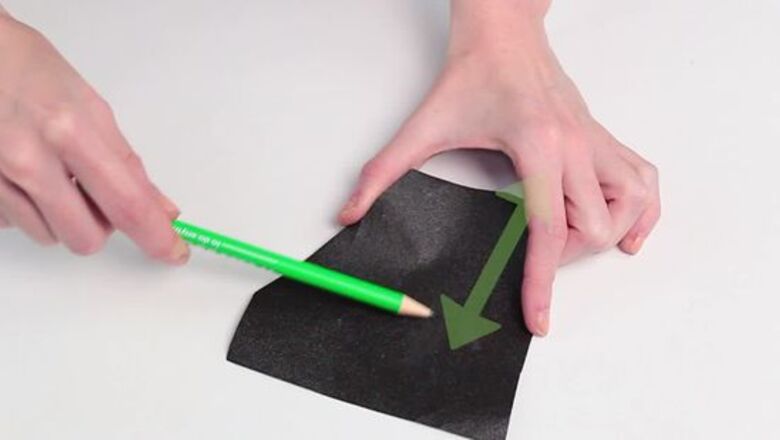
views
Using a Rough Surface to Sharpen Your Pencil
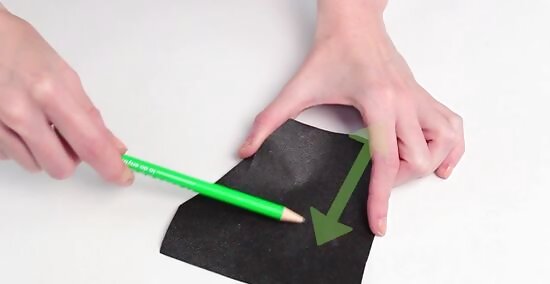
Use sandpaper. You may find yourself in a situation where you don't have any back-up writing tools and simply can't ask to to borrow a pencil. If so, you'll need to get creative. If you are able to find a rough surface on which to rub your pencil tip, you should be able to bring it back to a sharp tip. Sandpaper will work exceptionally well for this. If you are in shop class, then it shouldn't be too hard to find a piece of sandpaper floating around. Of course, you probably don't have this in your desk or bag, but if you are a habitual pencil-breaker, and if your teacher is notorious for not letting students up out of their desks, then keep a small square in your desk. Simply rub your pencil along the rough side of the sandpaper, taking care to rotate your pencil every few strokes, and you should soon see a sharper tip.
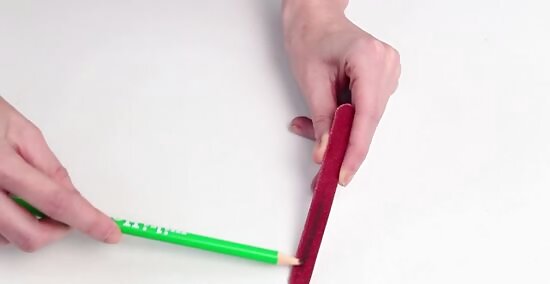
Use a nail file. You're probably more likely to have a nail file on hand. It's a smart idea to carry an emery board with you or keep one in your desk. You'll be able to smooth out both your nails and any dull pencil tips! The rough grain on the emery board should work well to sand down the wood on your pencil and shave the graphite to a sharper point. Simply drag the edge of your pencil tip down the nail file, taking care to rotate consistently. If you carry nail clippers, many have a metal nail file attachment that swings out. It may be rough enough for you to use to sharpen your pencil, as well.
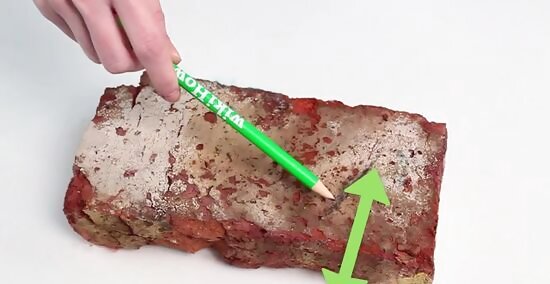
Rub your pencil against a rough foundational structure. If your pencil breaks and you're without a sharpener (or nail file or sandpaper), take a look around you: Are you sitting next to a brick wall? Are you on pavement or concrete? These rough surfaces should work well to help you out of your predicament: you should be able to hone your pencil tip by rubbing it firmly on the pavement, against a brick wall, or even on the mortar in between the bricks.
Using Something Sharp
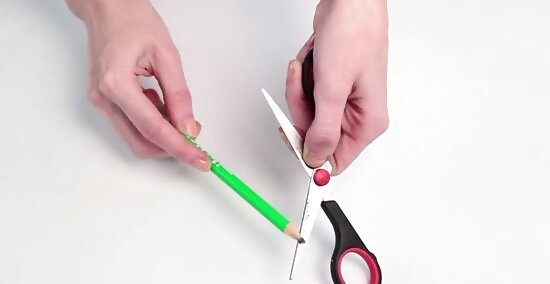
Use a knife or scissors. If you have a utility knife, x-acto knife, or pair of scissors available, you should be able to sharpen your pencil with little effort. Simply scrape the edges of your pencil along the sharp edge of any of these tools. If you use scissors, open them as wide as they'll go. Hold the blade (whether it's the scissors blade or knife blade) firmly in your non-dominant hand, and the pencil in your dominant hand. The pencil should be at about a 45 degree angle. Pull the pencil down towards you, scraping the wood and graphite against the sharp edge at that 45 degree angle. Rotate the pencil and repeat this motion until you get a good enough point. DO NOT draw the blade towards you. Instead, hold it steady and move the pencil along it. DO NOT bring a knife or x-acto blade to school with the intention of having it on hand for this purpose. We only suggest using these sorts of blades in the instances when they are readily available and permitted by school policy (perhaps in art class or shop class).
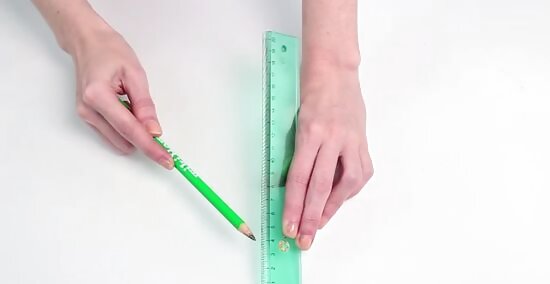
Use other sharp edges. You most likely aren't allowed to keep a blade or x-acto knife at school, and you may not have scissors. If so, look through the supplies you have for unexpected sharp edges. For example, the edge of your ruler may be sharp enough to help you out, particularly if you have a metal ruler (even some plastic rulers may work—it doesn't hurt to try). Hold the ruler firmly in your non-dominant hand and scrape the pencil down along the edge carefully and slowly. Rotate the pencil every couple of strokes, and you should be able to sharpen it up a bit.
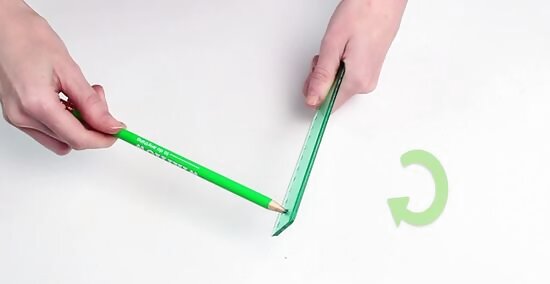
Twist your pencil through the hole in your ruler. Most rulers have holes so that they can be placed in three-ring binders. If yours does, you may be able to use this hole to push back the wood on your pencil to reveal the graphite below. Once you've either pushed back the wood (or you may even be able to shave some of it away), you can try to sharpen up the tip by scraping it along the rough edge of the hole or use some of our later advice on how to sharpen just the graphite tip.
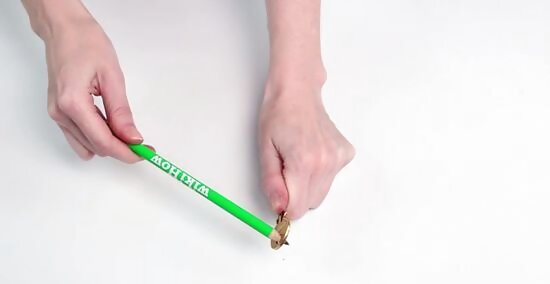
Use the edge of your key and/or the keyhole. Most metal keys have fairly sharp edges, and they likewise have holes for placing them on key rings. In a pinch, you may be able to repurpose your key as a make-shift pencil sharpener. If your tip has broken off completely and you can't see any graphite, then start by using the keyhole to push back the wood. Once you've revealed the graphite, you can gently scrape it along the sharper edge of your key until you are able to write with it again. Your final result may not be pretty, but it should be sufficient to get you through the rest of your writing or drawing task.
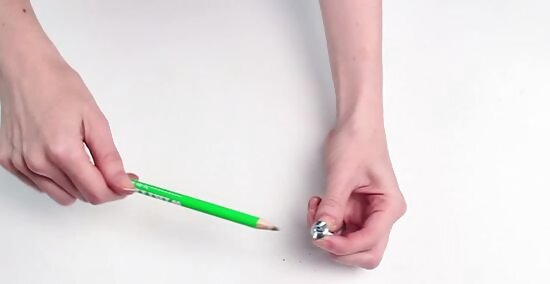
Use a screw. So you don't have a nail file, scissors, a ruler, or a key! What should you do? Look around your chair and desk to see if you can spot a Philip's head screw (you'll see a cross on the top of the screw instead of a single line). If you can reach the screw easily, leave it in place and place your pencil tip in the top of the screw. Rotate your pencil clockwise. This should grind down the wood and reveal more graphite. If you are able to find a loose screw, you can then use the side of the screw to continue to sharpen the pencil. We don't, however, recommend that you try to remove any screws: you don't want to risk collapsing your desk or chair!
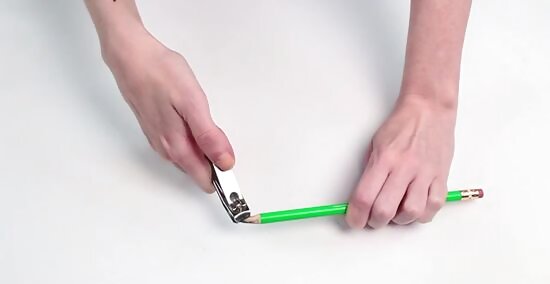
Use nail clippers. If you keep nail clippers in your pocket or desk, you should be able to use them to help you out of this jamb. We talked above about how you may be able to use the attached nail file. Even if your clippers don't have a file, though, they can still be useful. Simply make tiny clips all along the tip of your pencil to trim away the wood. This will work best if you hold the pencil horizontally with your non-dominant hand and hold the clippers perpendicularly with your dominant hand. This should line up the cutting edge of the clippers with the wooden tip of the pencil.
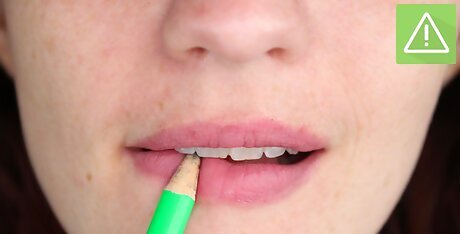
Use your nails and teeth. If you're not adverse to using your nails and teeth as tools, you may be able to use them to push back (or carefully nibble away) some of the wood of your pencil. Once you've revealed enough of the graphite to begin working again, consider honing it to a tip using some of our other suggestions. Be very careful not to swallow any of the wood shavings. You also want to avoid ingesting the graphite—not because it's toxic like old lead pencils were—but just because it's gross! You also don't want to discolor your teeth.
Using Smooth Surfaces to Sharpen Your Pencil Tip
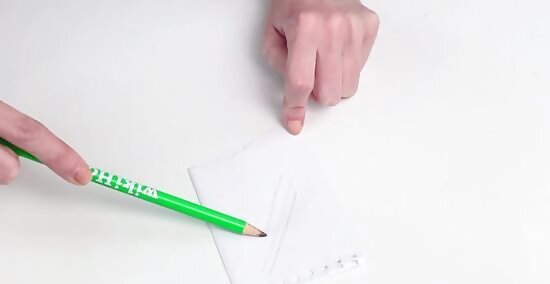
Lightly sketch lines on piece of paper. If you haven't broken your pencil tip completely and only need to return a dull point to a sharper tip, you may be able to do so by very lightly sketching on a piece of paper. Your pencil should be nearly flat against the paper: hold it at about a 30 degree angle and sketch thin lines, rotating your pencil every couple of sketches.
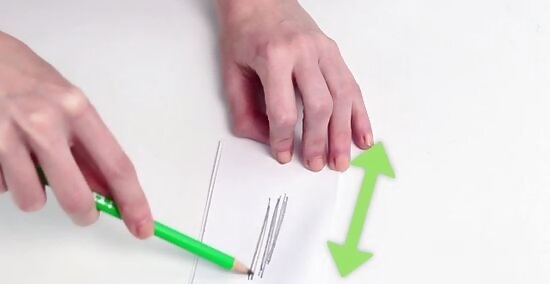
Rub your pencil on a folder or piece of paper. A slight variation to the above technique would be to hold the pencil at the same angle against a piece of paper or folder and gently move your pencil tip back and forth several times to create a rubbing (imagine that you are trying to evenly shade in a small area). Keep the pencil as flat as possible against the paper, and rotate your pencil frequently. This may shave down some of the graphite so that you get a longer, sharper point.
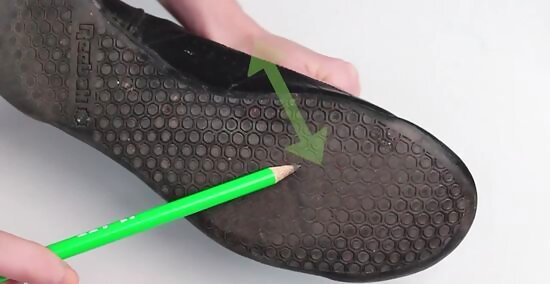
Rub your pencil tip against your shoe. If you don't want to mark up your paper or if you don't have a spare folder handy, try rubbing the edge of your dulled pencil tip against the rubber of your shoe sole. Again, be sure to rotate the pencil and don't push too firmly in order to protect against snapping off the tip or rubbing it down altogether.
Being Prepared in Advance
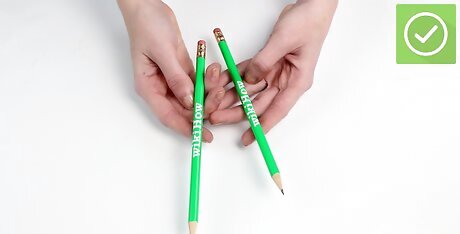
Have back-up pencils. If your pencil tip breaks off completely, you may be out of luck and won't be able to restore it to a point. The best way to handle a broken pencil is off course to have spare pencils available. The smartest strategy for dealing with a broken pencil is to not have to try to sharpen it, and to always carry at least a couple more than you think you will need.
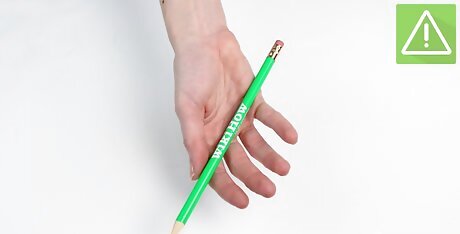
Ask to borrow someone's pencil. If you can't get to the pencil sharpener, you may be able to draw upon the pity of a fellow classmate. You may even be able to get someone to offer you a spare pencil without having to talk: simply sigh and hold up the broken tip. With luck, someone near you will notice and will be willing to hand you an extra. Take care not to make your situation worse, though, by speaking during an exam or important assignment. You don't want to get in even worse trouble or get your friend in hot water by forcing them to talk to you. You'll both risk failing the test or assignment.
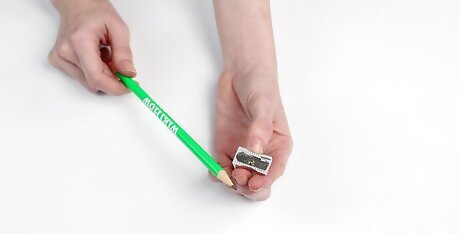
Use a mini-sharpener. If you have a tendency to break pencils or if you dull the point quickly because you press down firmly when writing or drawing, you can avoid creating problems for yourself by constantly asking to get up and use the sharpener by keeping your own in your desk or pocket. You can purchase mini sharpeners at any office supply store or big-box store like Target or Walmart. You can also use a make-up sharpener (usually designed to sharpen eye and lip liners).
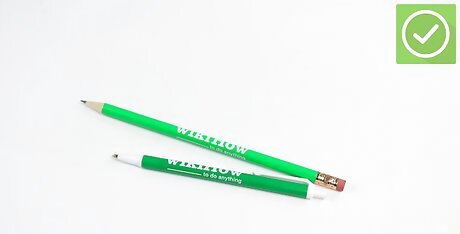
Switch to a different writing implement. So long as you aren't taking a standardized test which requires you to use a pencil, you may be able to switch to a pen or even crayon to complete your work. With luck, your instructor will understand.












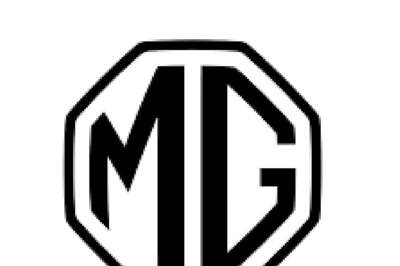
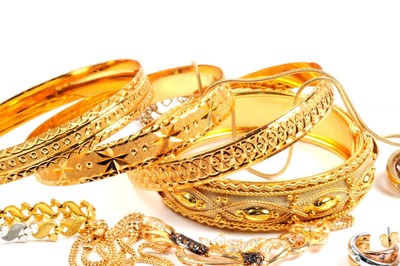






Comments
0 comment